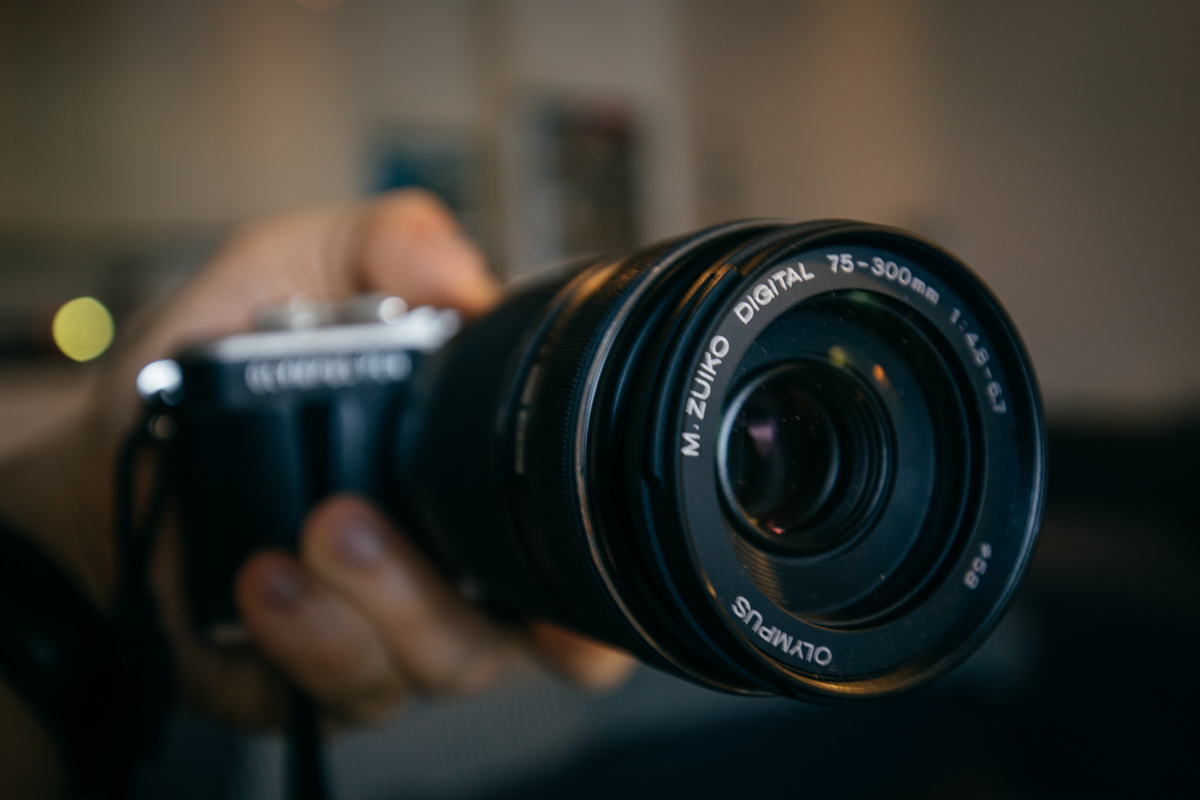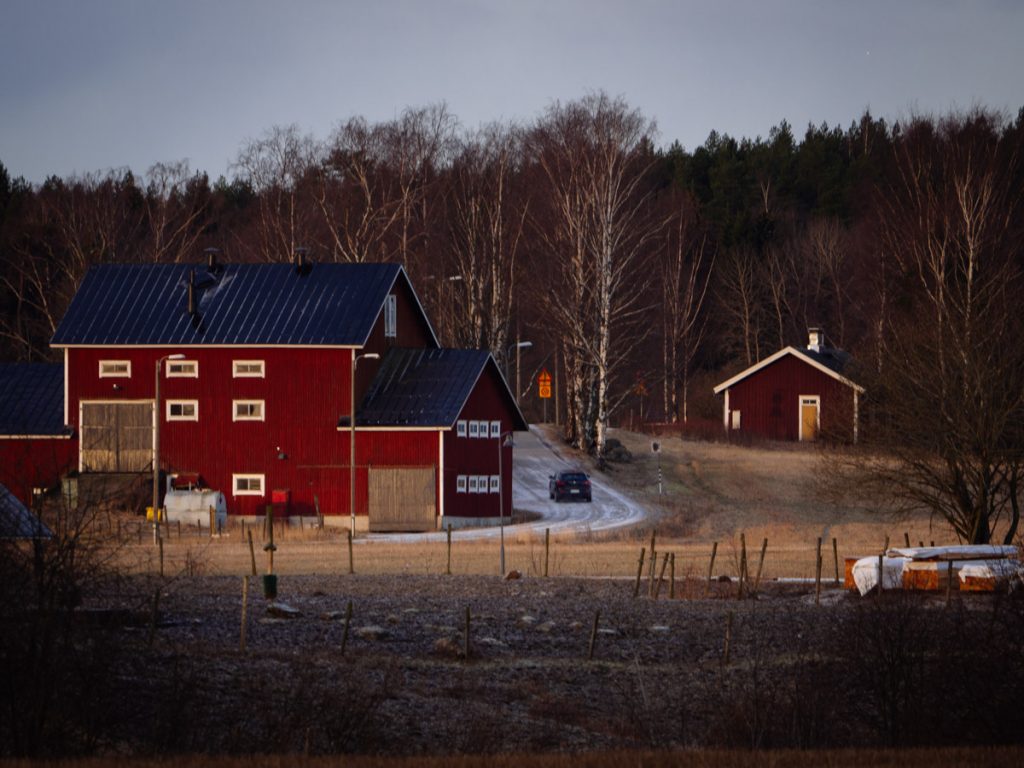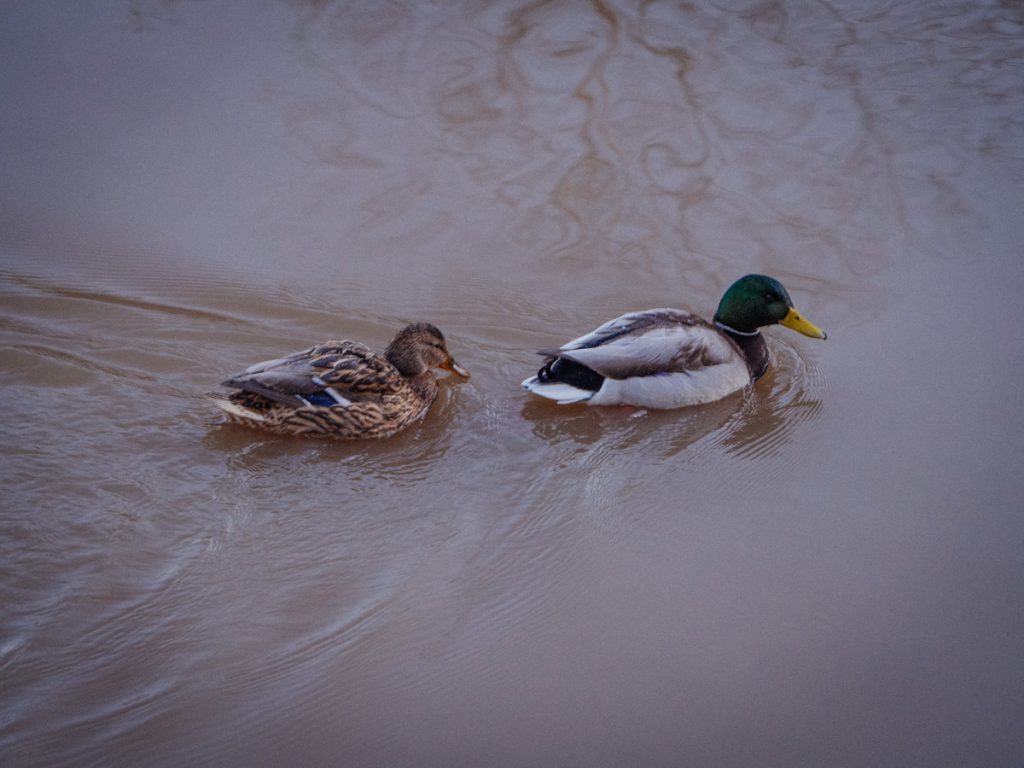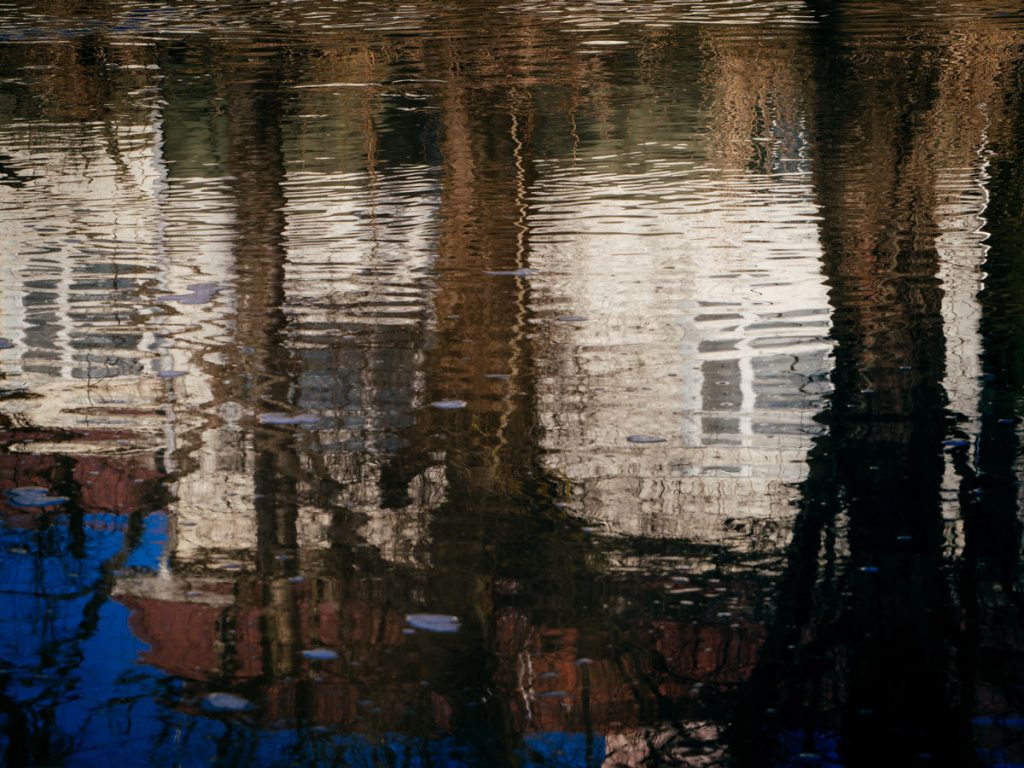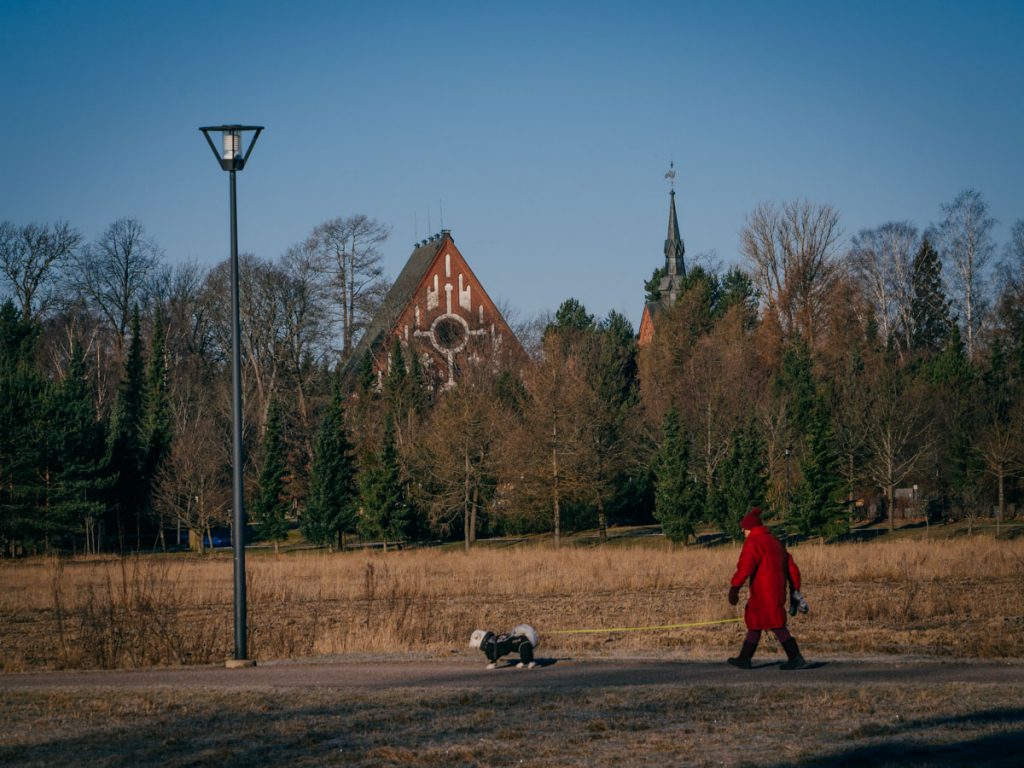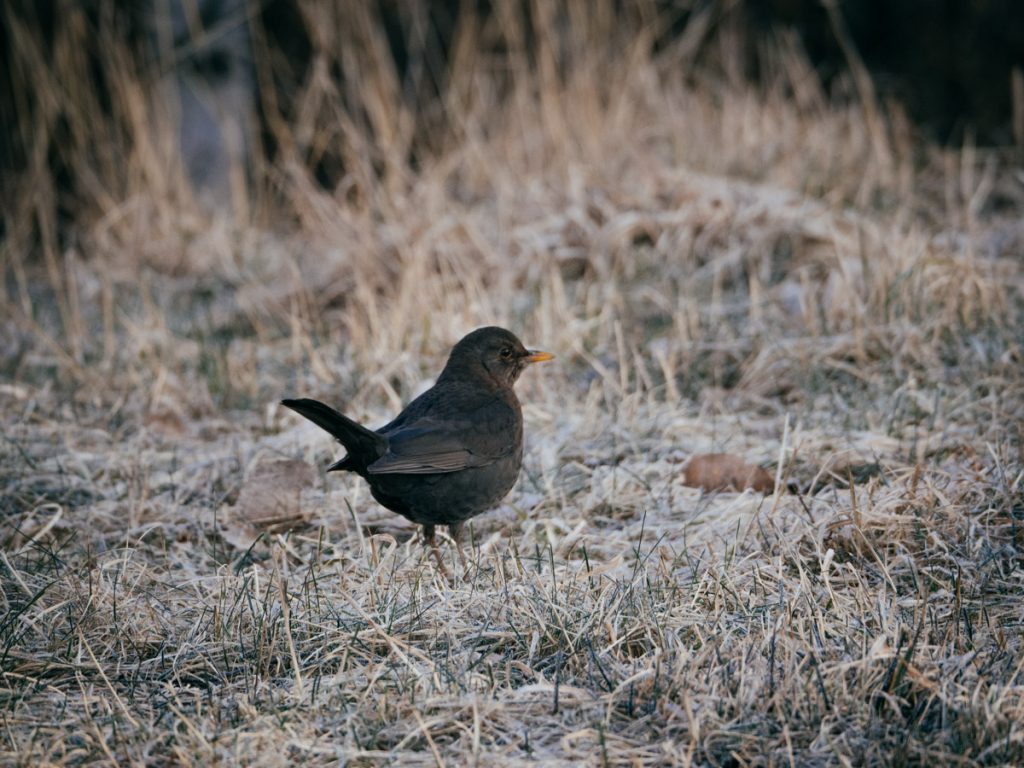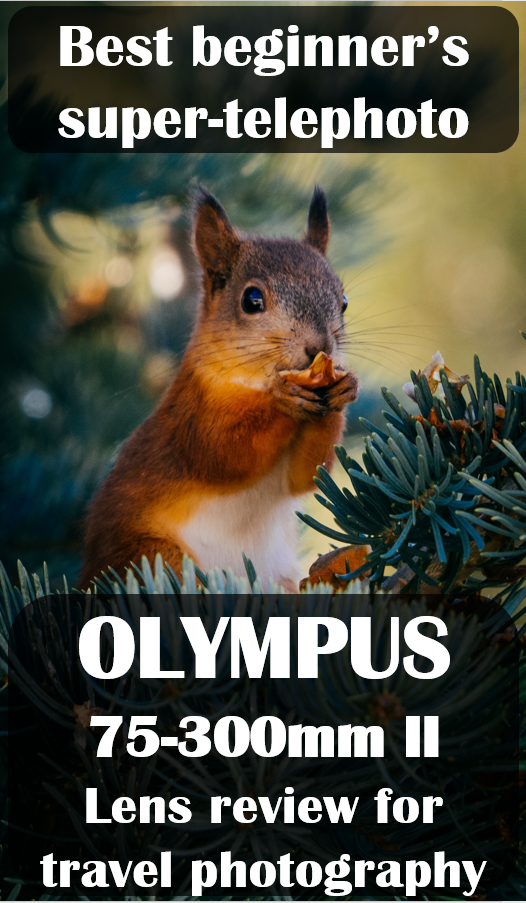- Olympus 75-300mm F/4.8-6.7 II review for travel photography, great-value beginner’s telephoto
- Why Micro Four Thirds? Reasons to get Olympus PEN as secondary camera (+ first impressions)
Why do I think Olympus 75-300 is a very good value for a traveler? It has a low price, low weight, magnifies 12 times, and is native to Olympus image-stabilized cameras. Image quality isn’t stunning, but in my opinion, this lens is suitable for someone who needs such zoom occasionally.
Here is my review of Olympus 75-300mm F/4.8-6.7 II, a lens for Micro 4/3 mount. (Full name: Olympus M. Zuiko 75-300mm F/4.8-6.7 II)
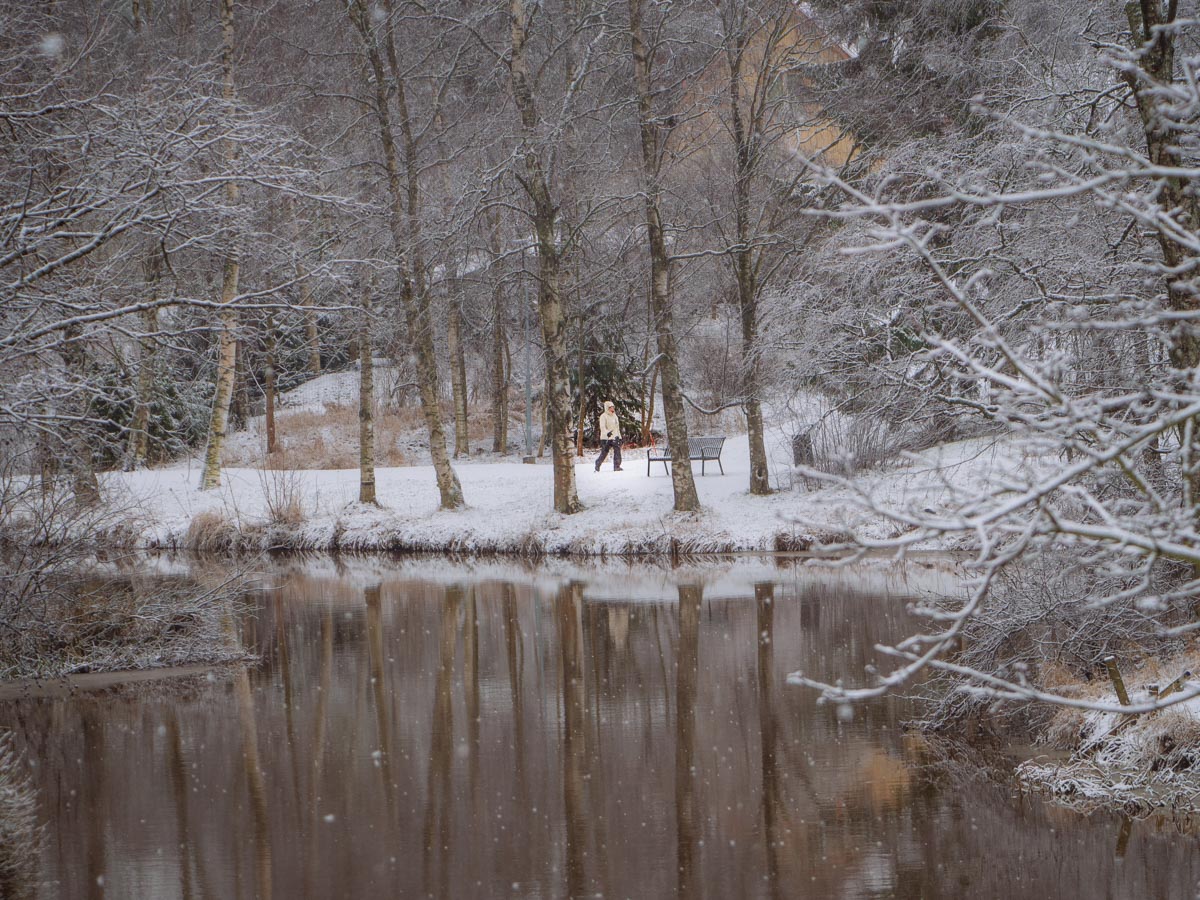
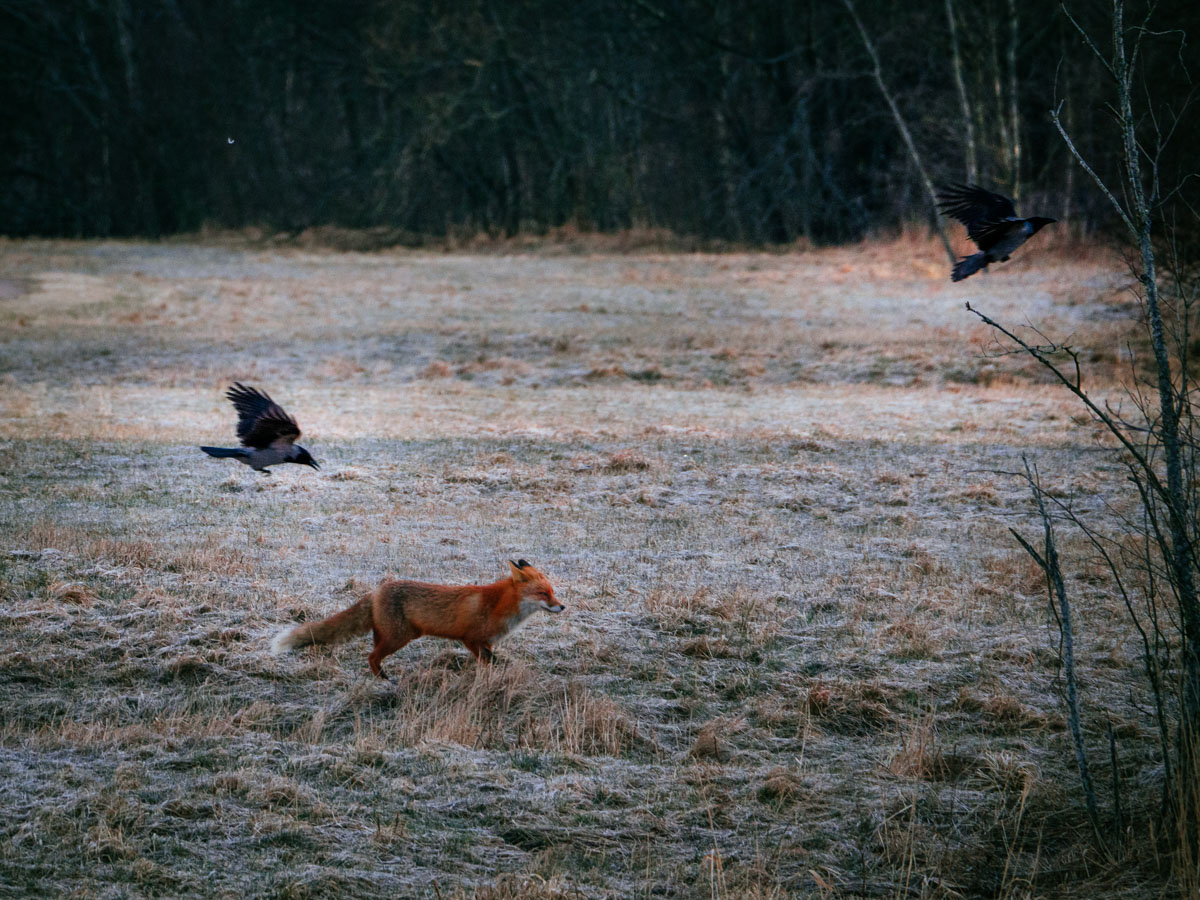
Disclaimer. This post contains affiliate links at the very end. Buying from those doesn’t cost you extra, but gives me a small % from the sale.
Table of Contents
About the review
Many of my readers are here because of travel photography, so I decided to start making posts about photo gear. It is not a “classic” review about specs and sharpness (etc.). Professional reviewers have time, resources, and the audience for that. Instead, I will share my thoughts about the gear and what it can add to your travel photography. All images in my review are retouched.
Super-telephoto lenses in travel photography
Travel photography is a bit of everything, street, landscape, portraits, documentary. Basically anything, that can bring an atmosphere of a remote location.
Super-telephoto lenses have a focal length of 300mm and beyond in full-frame equivalent. They are widely used for wildlife and sports photography. (Olympus has Micro 4/3 sensor, and its 300mm is equivalent to 600mm for a full-frame sensor).
What about travel? It may take a bit of both (sport/wildlife), but I believe these aren’t the main focus of a travel photographer (unless you do wildlife safari or something, or specialize in outdoors). A professional super-telephoto lens for a full-frame is thousands of Euros in price and, on average, it is more than 2.5 kg in weight. Too heavy and too expensive for a piece of gear that is used occasionally.
That is when Micro 4/3 comes into play.
Why Micro 4/3?
Here I tell about Micro 4/3 in general. The purpose is to explain what niche of Olympus 75-300mm F/4.8-6.7 II occupies amongst other telephoto lenses. You may skip it and go to the next chapter.
Before I start, I would like to indicate that most of Micro 4/3 lenses aren’t in the same league as professional offerings by Canon and Nikon. These have years of RnD, are unmatched in the image quality and focal length range. (Sony sony seem to be catching up)
Recently I started seeing the rise of Micro 4/3 in wildlife. The main advantages are lower prices, lower weight, and in-body image stabilization (IBIS) of Micro 4/3 cameras. All this, arguably, without significant loss of image quality in bright light.
Photographers mention that lower weight and IBIS allows them to hand-hold the setup, and therefore, take more interesting angles, have more creative freedom. I partially agree with that.
Let’s compare
Frequently Micro 4/3 users make this argument. Olympus 300mm F/4 IS PRO weighs 1.27 kg and costs around 1900 Eur. Canon and Nikon’s 600mm F4 lenses weigh around 3-4 kg and are priced around 13k Eur. (You get what you pay for, these lenses are top of the line). The setup by Olympus is obviously lighter and cheaper.
But, Canon’s 100-400mm F/4.5-5.6 II IS is at the same price and weight category ( around 1900 Eur, around 1.5 kg). And, since full-frame usually has more megapixels, you can crop it to get 600mm. Compared to Olympus’s 300mm, Canon would perform better in low light and will have better background separation, despite the F-value.
If we keep cropping in mind, Canon’s old, but outstanding 300mm f4 IS sells for around 1000 Eur and weights a just bit more than 1 kg.
But then, if you want the same frame rate as Micro 4/3, on a full-frame you pay a lot more. And, Micro 4/3, Olympus OM-D E-M1X in particular, have some outstanding innovations, that are not in full-frame. Handhold hi-res, pro-capture mode. I think Olympus doesn’t get enough credit for what they do.
You can compare it for very long, but overall, if we don’t touch the very high end, I think that systems are competitive.
Why Olympus 75-300mm F/4.8-6.7 II?
At this point, I would like to introduce the Olympus 75-300mm. It is one of the lower-end lenses. It costs around 350 Eur but can be found cheaper (I got it for 250). Paired with one of Olympus’s cameras (OMD M5 mark II for instance), you get an inexpensive stabilized 600mm full-frame equivalent. I don’t think there is another way of getting it that cheap.
Olympus 75-300mm F/4.8-6.7 II for travel photography
So, this is a lower-end lens, but as I was mentioning, you don’t need super-telephoto frequently in travel. The main reasons to use it are price, size, and Olympus (or Panasonic) camera’s IBIS.
In this chapter, I will explain where Olympus 75-300 can be used in travel photography. The next chapter tells about the very important lens’s limitations.
Personally, I take the main images with high-quality optics. Photos with Olympus 75-300 usually are more of an addiction, they help support a photo story, but aren’t the central part. So let’s break down the cases when the Olympus lens is actually used.
Remote objects
That’s quite an obvious one. I own a Canon full-frame camera with a Canon 70-200mm lens, which is an extremely useful focal range. But in rare cases, it isn’t enough. That’s where I pick up my Olympus 75-300mm (I remind that it is 150-600mm in full-frame equivalent).
75-300mm is significant because of its zoom on the far end. (Up to 200mm, there are better options on the market)
The most obvious use is the wildlife. But in travel photography, things are often just far away and you cannot get any further.
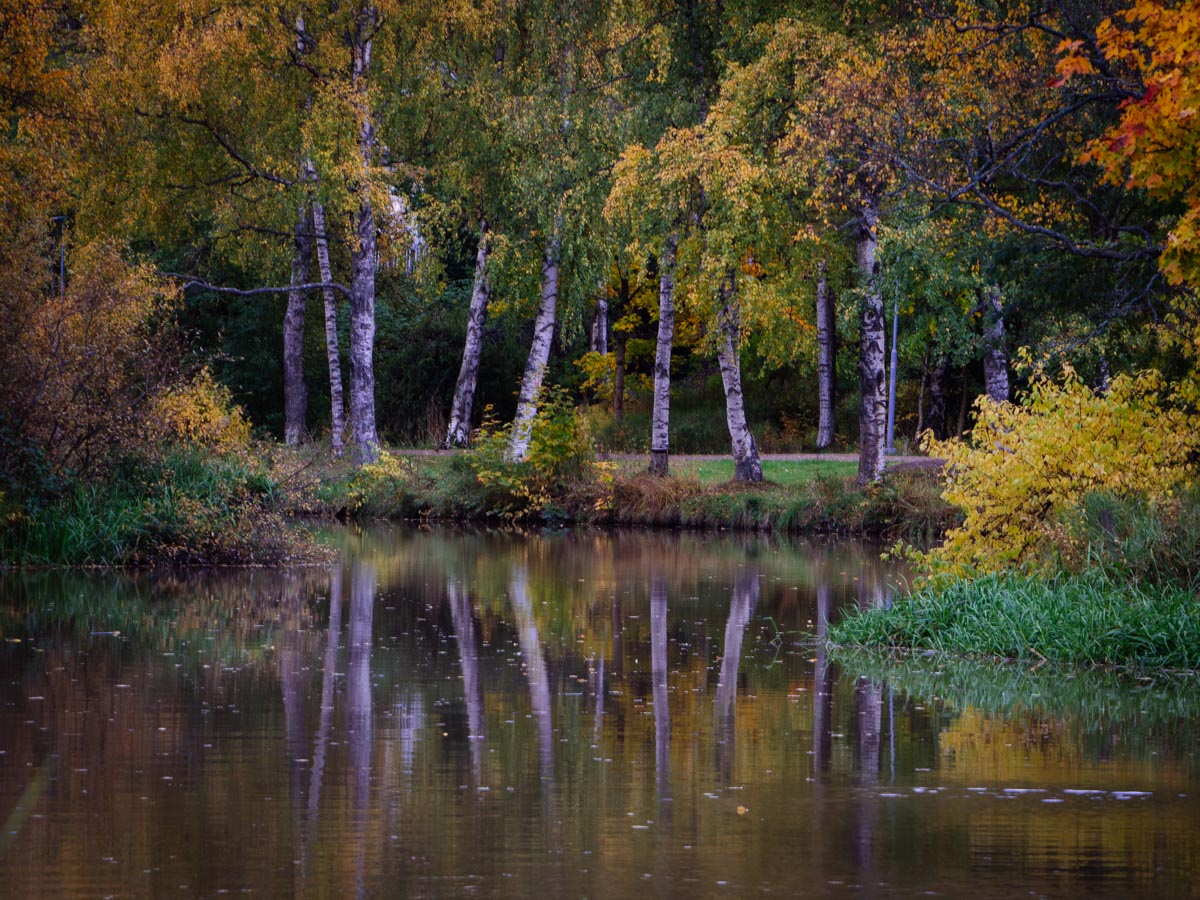
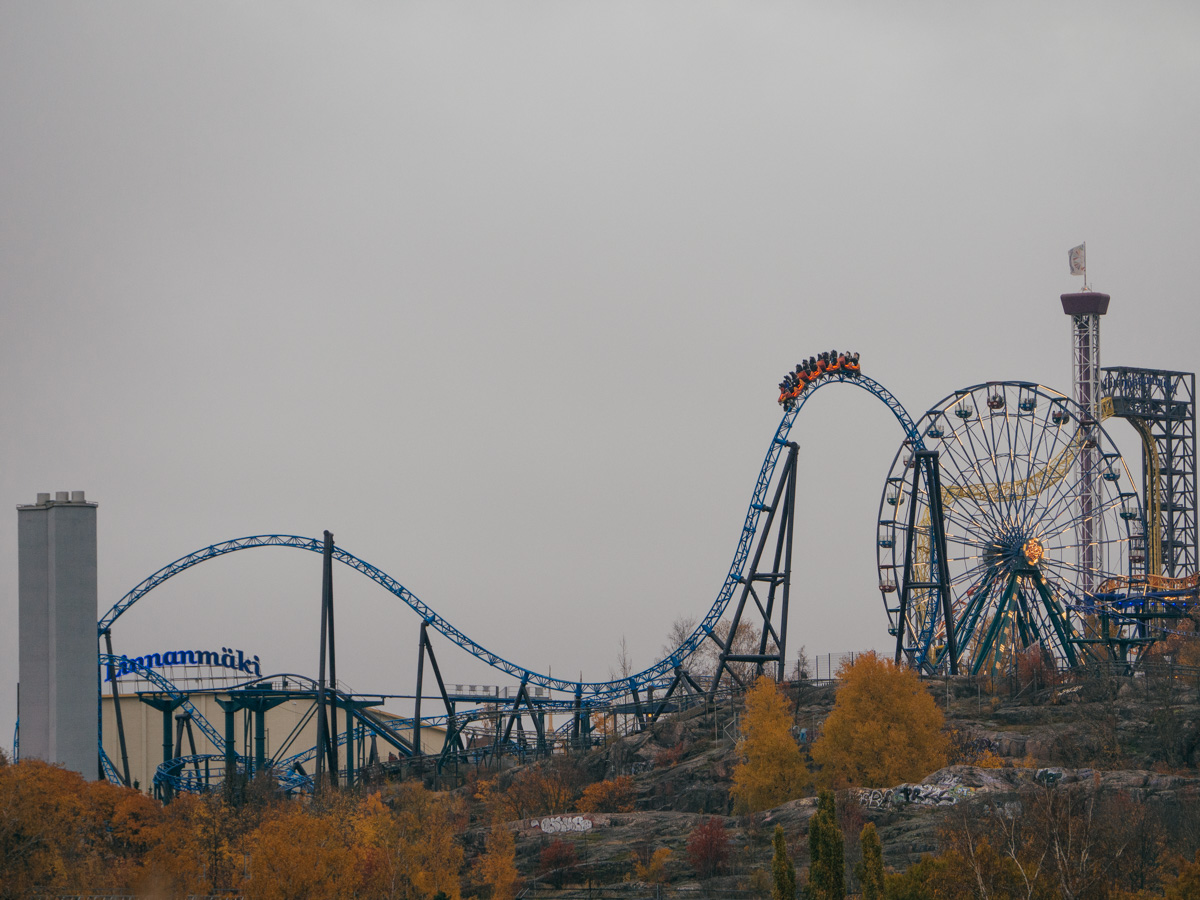
Shrink proportions between objects
If you use a wide-angle lens, objects that are close to you look larger – far away objects look smaller. Standard lens (50mm full-frame, 25mm micro 4/3) keeps proportions the same as the human eye can see. Zoom lenses shrink proportions and make the objects look close to each other.
Sometimes, even though I can come closer, I prefer the “far away look” of a super-telephoto.
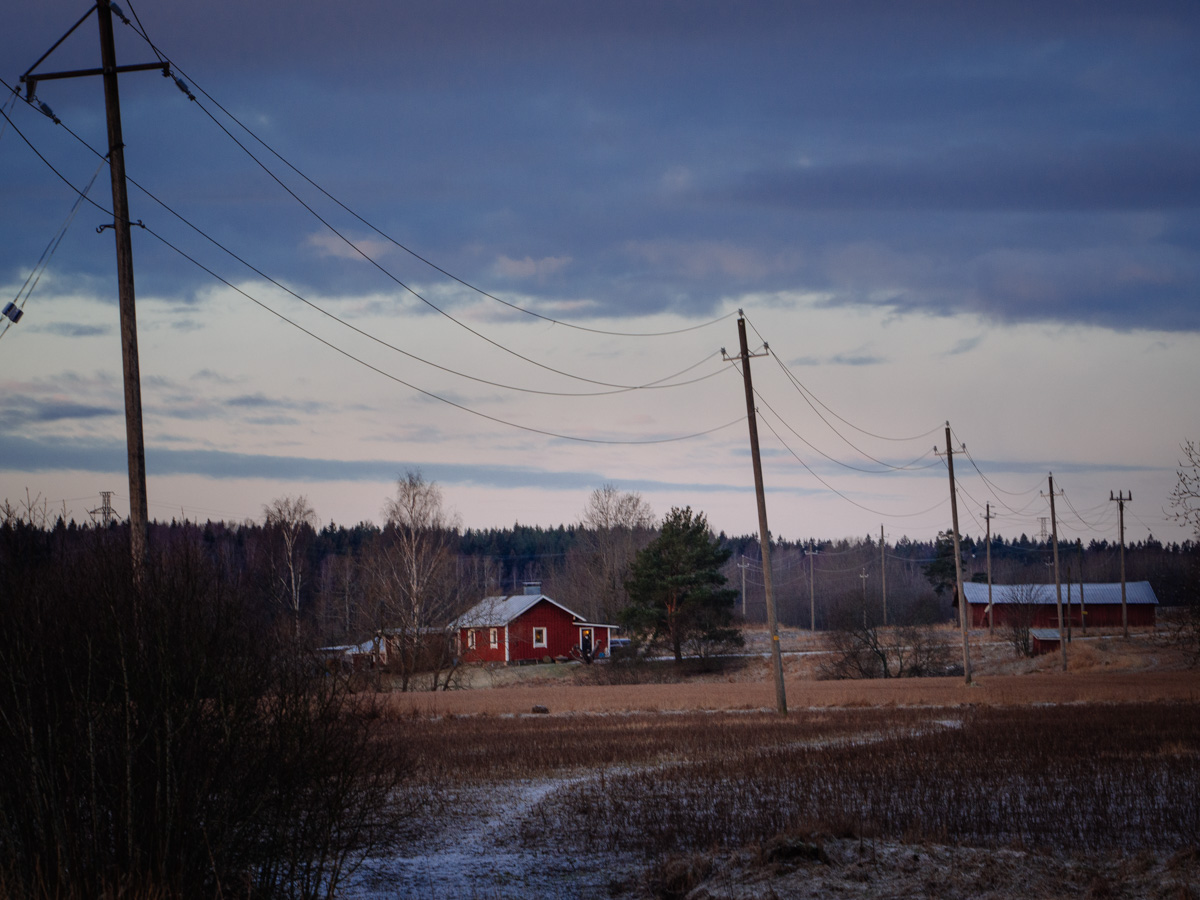
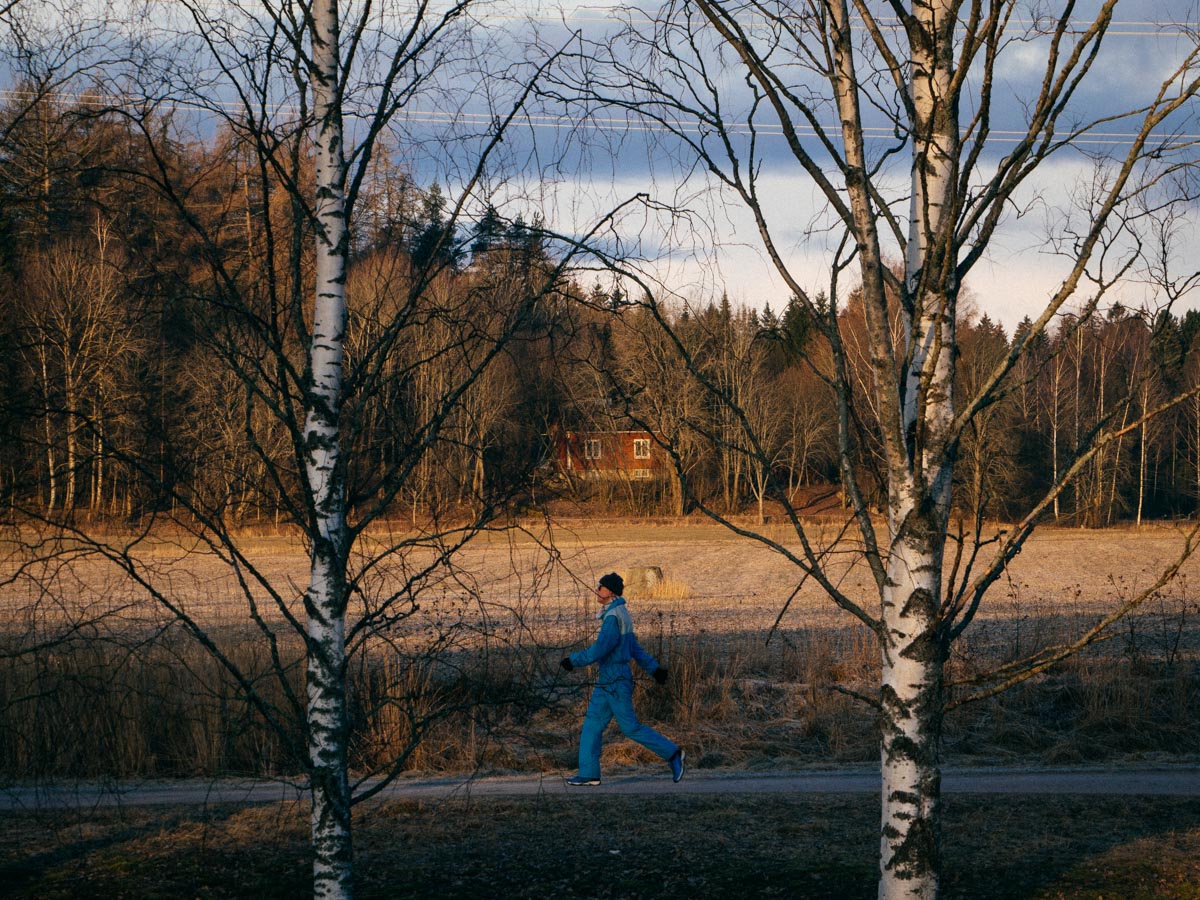
Benefit from weight and size
Being able to carry a piece of equipment with you all the time is significant in travel photography.
Olympus 75-300mm is small and lightweight. It weighs 423 g, the size is Ø69×116.5mm. I can carry it pretty much everywhere. It is in my bag most of the time until I need it. My Canon 70-200 weight almost 1.5 kg, so I sometimes leave it at home, and Olympus 75-300 replaces it.
Travel photography means photographing in cities and the small lens doesn’t attract attention. Imagine you sit in a cozy cafeteria and see a bird from a window. If you take out a bazooka-size telephoto lens – everybody in the cafeteria would look at you.

Light pollution and fog
Have you shot a foggy landscape? If it is a light fog, on an image it can almost disappear. I often have to reduce contrast quite a lot to make it come up. You would have more of the fog if you shoot through a lot of air. That is when zoom comes into play.
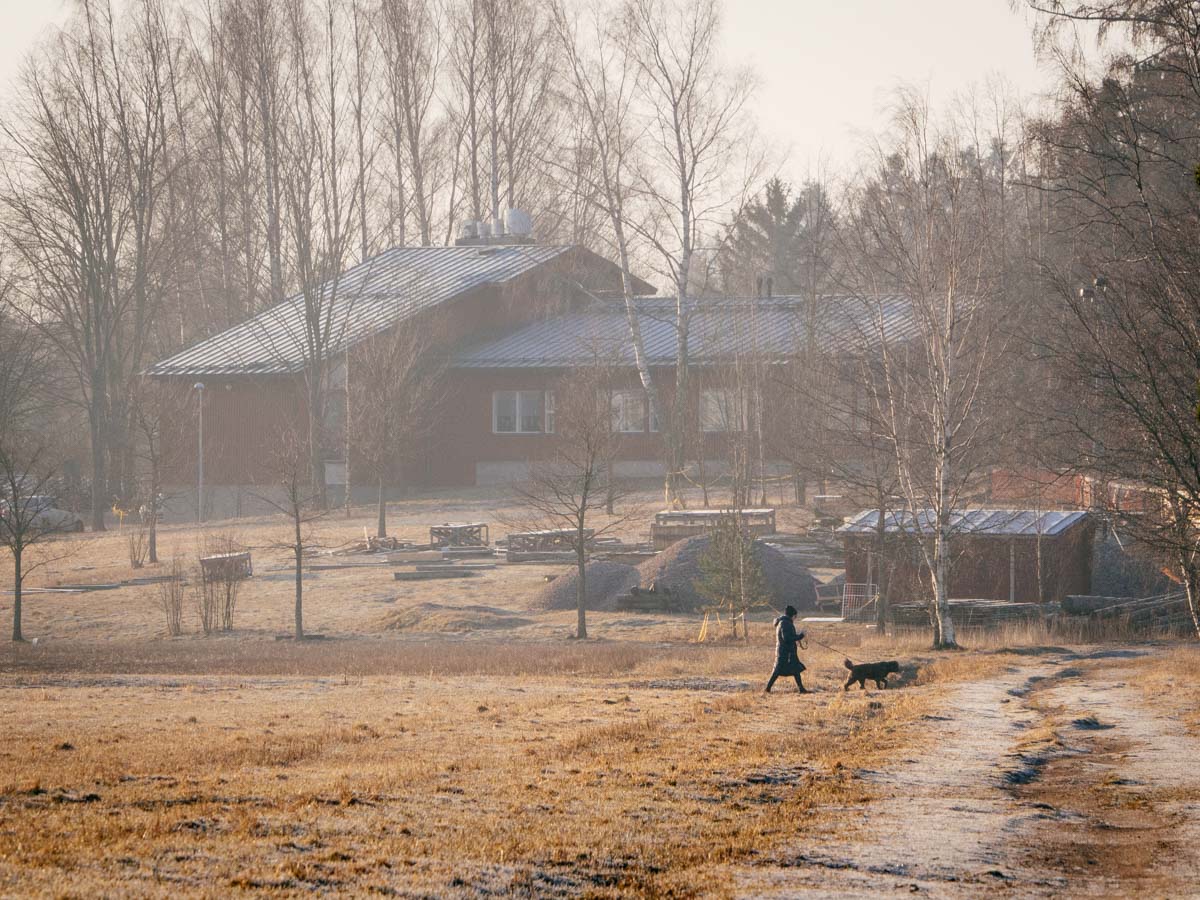
Beginner lens
I think if you are just starting up with a super-telephoto – it is easier to work with this zoom. It would allow you to get familiar with the basics, and more importantly, it can give you a clue, which prime lens to buy.
For wildlife, usually, a longer zoom is better. But in the travel context, you may prefer a different focal length. Simply choose your favorite images and see the focal length. If it is around one value – you have your answer.
Olympus’s special camera features
These benefits are not solely to the 75-300 lens but paired with the long zoom, they allow making unique images. These things are very situational and, in my opinion, don’t justify buying an expensive zoom. This makes Olympus 75-300 is a good fit.
Olympus cameras have “Advanced Photo Modes”. Out of them, the Live Composite is my favorite. It allows capturing the light trails without overexposing the photo. You cannot do the same on most of the other cameras.
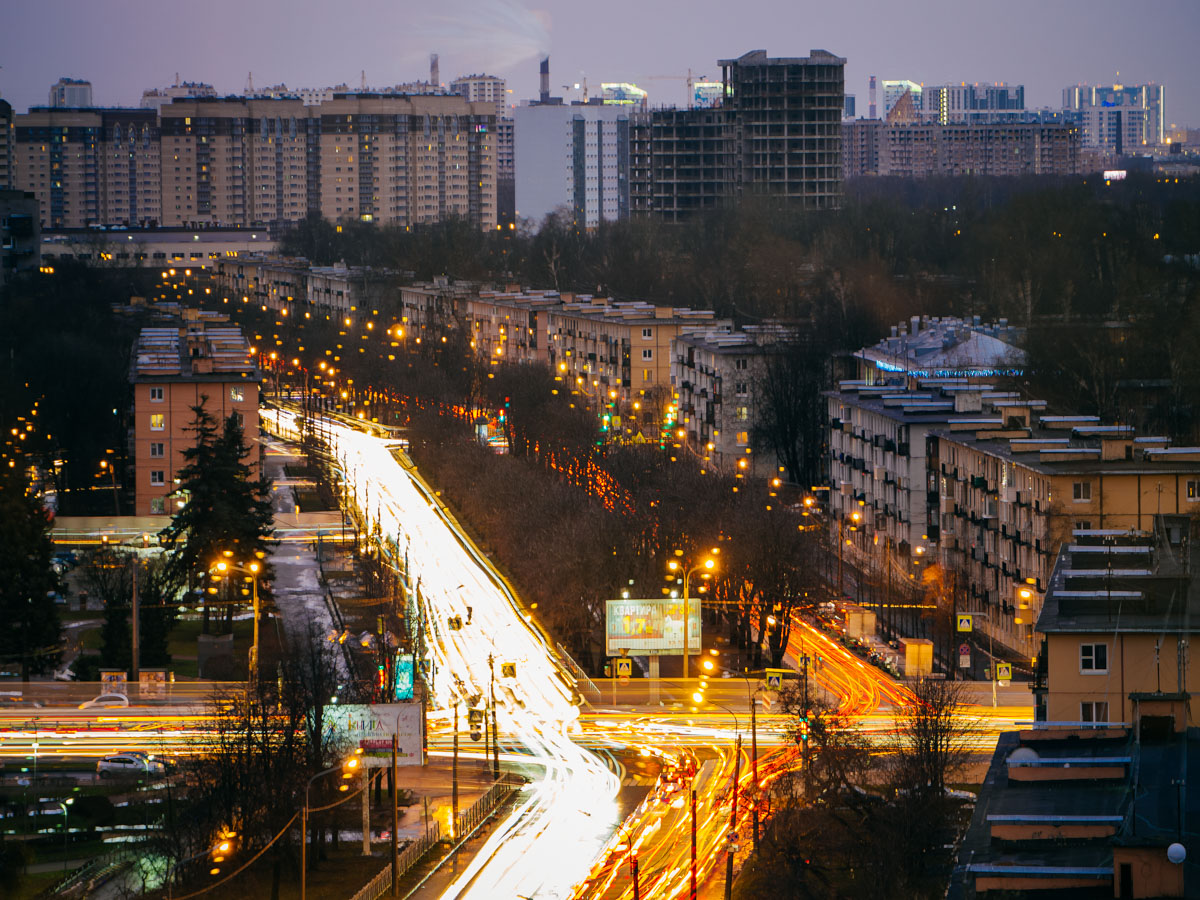
And the things I haven’t tried, because they are in the higher-end cameras, not in my Olympus PEN PL9.
Hi-res mode. Takes several images sequentially and produces the image of higher resolution. This has the potential to crop and therefore have even more reach.
Pro-capture mode. Half-press the shutter and wait. When the shutter is released, you have shots before and after you press it. Think about wildlife moments, when the timing is unpredictable.
Limitations of Olympus 75-300mm F/4.8-6.7 II
You can produce good results with the Olympus 75-300 lens if you keep its limitations in mind.
Crop and sharpness
In general, I think sharpness is overrated. Most of the modern lenses are sharp enough to produce outstanding results. But the case is a bit different with a super-telephoto.
Often, a subject is really far away. After taking a shot, you have to crop quite heavily to fill it into the frame. It isn’t a big deal with high-quality optics and high-megapixel sensors. But with Olympus 75-300 and 16-20 mp sensor, you cannot crop heavy. (For stationary objects, the Hi-Res mode may solve the problem)
You have to keep it in mind when making the shot.
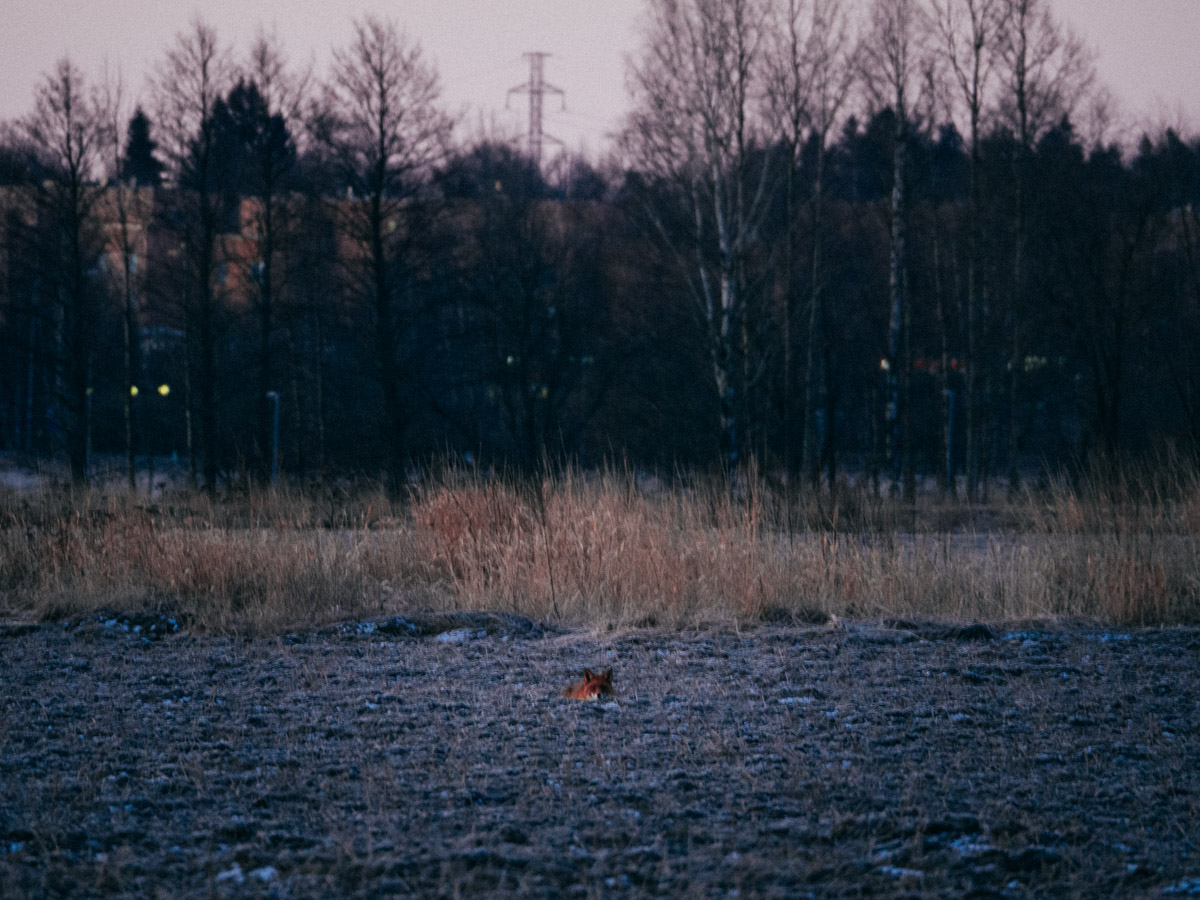
If you move down 2-4 stops, the lens would have an increase in sharpness. But then you will have issues with background separation and ISO.
Background separation
The aperture is F/4.8-6.7. Coupled with a Micro 4/3 sensor, it doesn’t give much background separation. You have to think about other methods to put an accent* on a subject.
*What is the accent in this context? Well, if you have several objects on a photo, where do you look first? You look at one that has a better accent. I have explained it in my Travel Photography Guide.
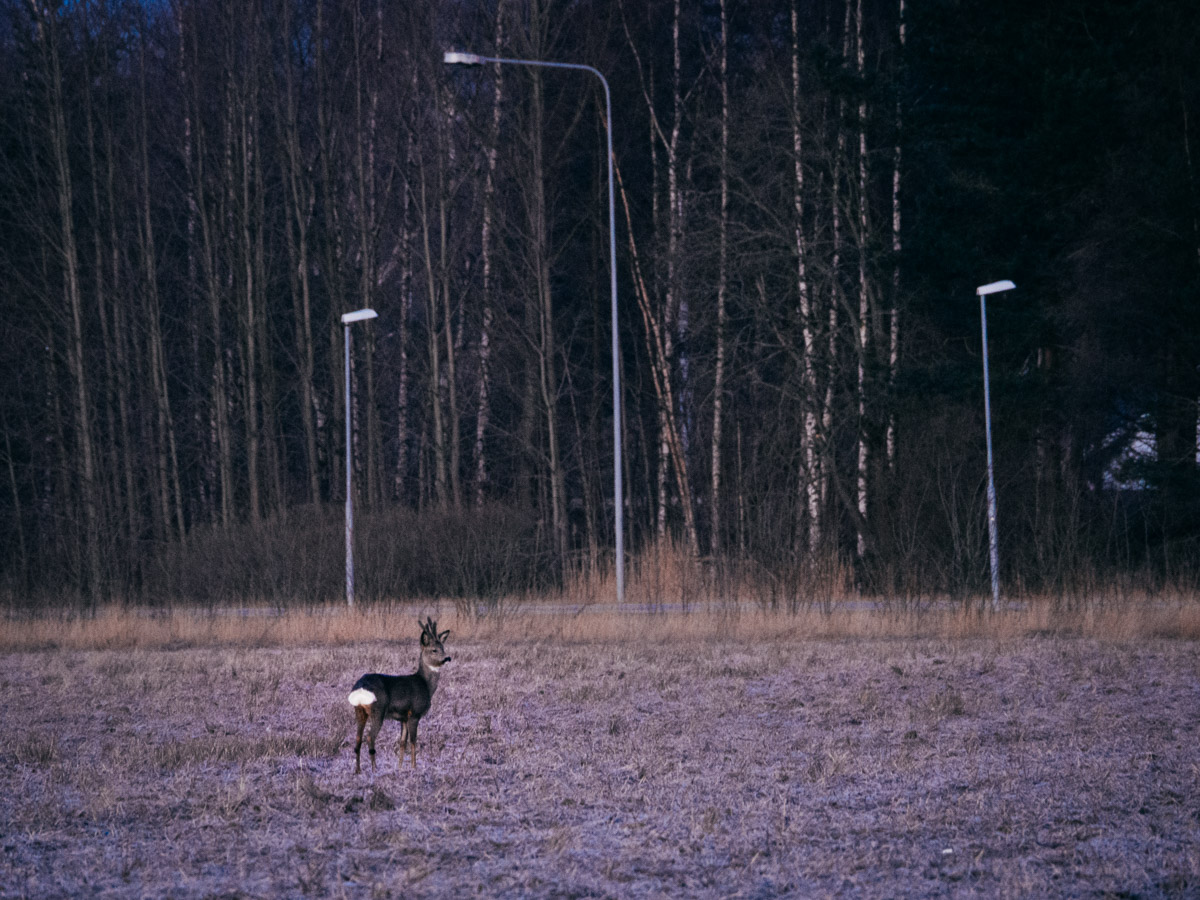
Here, I would like to point out that this can be an advantage. What if you don’t want shallow depth-of-field? On a full-frame, you would need to stop down quite a lot.
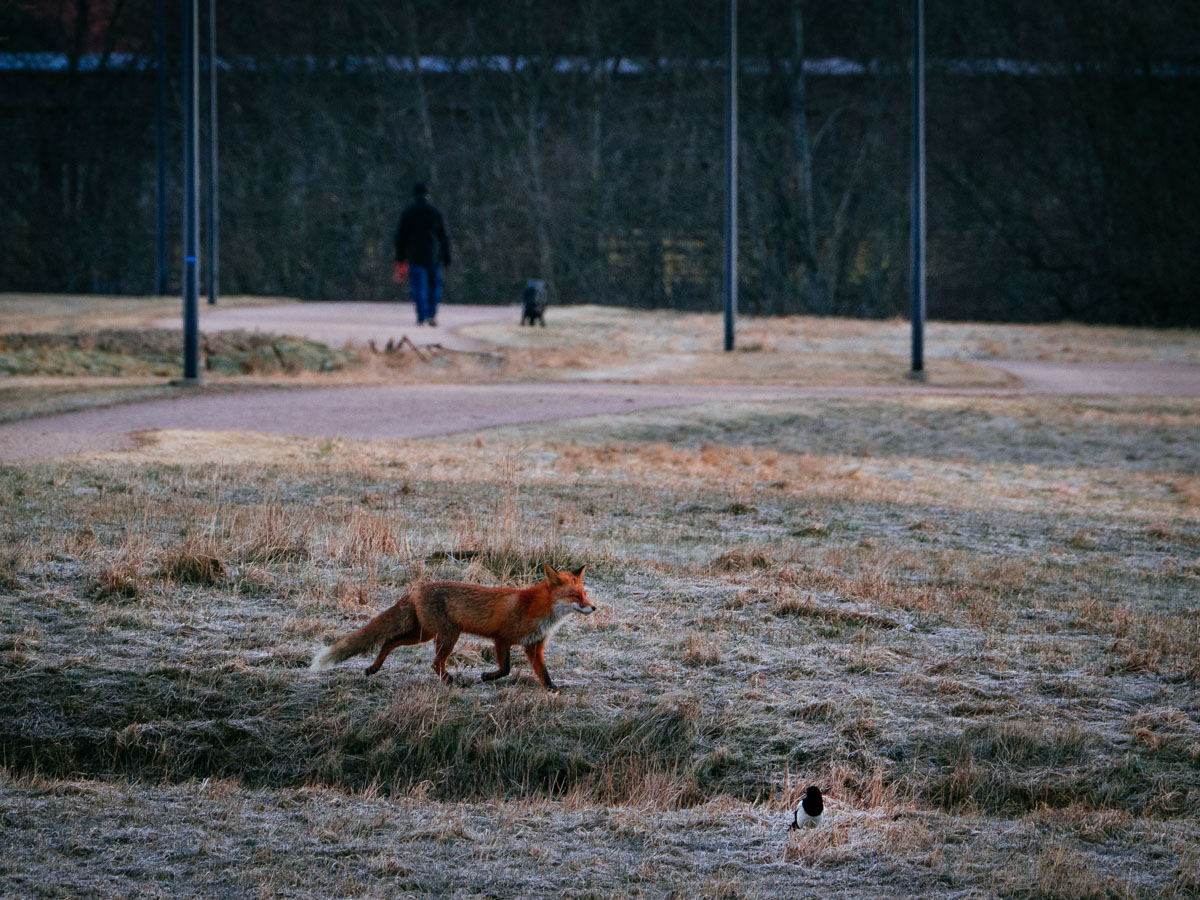
Noise
If your subject moves fast (birds and animals often do), you have to raise shutter speed. And obviously, with F/4.8-6.7, you are at risk of raising ISO. And Micro 4/3’s main disadvantage is poor high ISO performance.
Once more, this is a limitation that you have to keep in mind. If there isn’t enough light, I usually underexpose and lower down the shutter speed hoping that stabilization will do the job. If I shoot bursts – few images come our nicely.
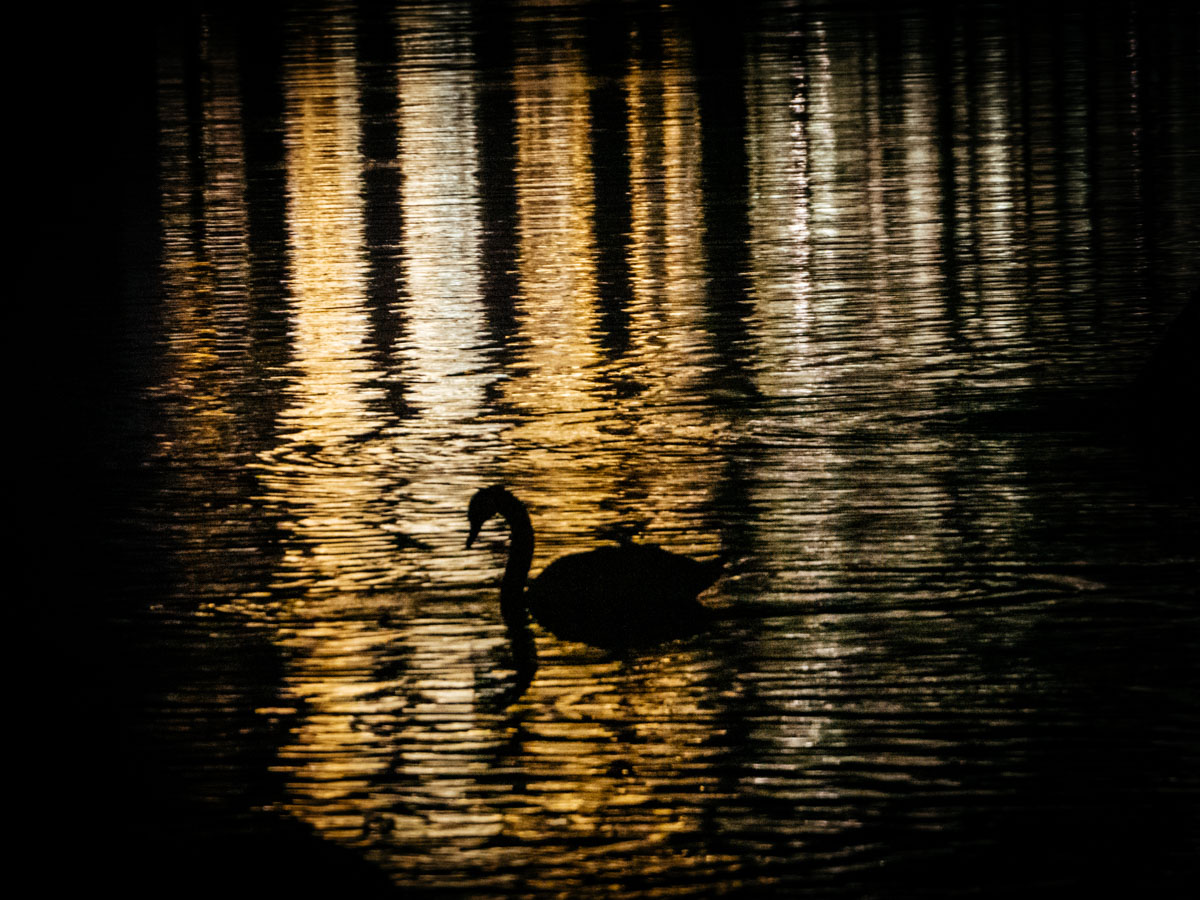
But overall, I prefer picturing calm wildlife with this lens and almost never picture sports.
Weather sealing
Just a brief comment. The lens is NOT weather sealed.
Conclusion
Olympus 75-300mm F/4.8-6.7 II has a lot of limitations, but it does create good value, considering its price. It especially useful when you need a compact super-telephoto. It could be a good tool for someone who doesn’t need 300mm often and therefore doesn’t want to buy an expensive specialized lens.
Better lenses are more “forgiving” if you do something wrong. Here you have to keep in mind that you cannot crop much, you have poor background separation and there is a risk of getting a lot of noise.
Affiliate links
Here are the links for purchasing the lens and accessories. Buying from those doesn’t cost you extra, but I get at small % from the sale.
Olympus 75-300mm F/4.8-6.7 II on EBAY
When you buy the lens, check if the lens hood is included. If not, you can purchase it separately:
Lens hood for Olympus 75-300 on EBAY
Also, consider another lens. It is in many ways similar to Olympus 75-300. Panasonic 100-300mm F/4-5.6 OIS Mark 2. It is a bit larger, a bit faster, has image stabilization and it is slightly more expensive.
Panasonic 100-300mm F/4-5.6 OIS Mark 2 on EBAY
Olympus 75-300mm F/4.8-6.7 II, more sample images
Join my community!
I love working on Engineer on tour, but it is a time-consuming thing to make. I am always improving and trying to bring you the best from photography and travel.
Currently, my main platform is my Facebook Photo Page. I will be happy to see you among my followers’ families and engage in a friendly discussion. Let me know how I’m doing and feel free to suggest some topics to write about.
You can also find me on other social media:
FACEBOOK 2 (blog updates only) / TWITTER / INSTAGRAM / INSTAGRAM 2 (only Finland) / PINTEREST


